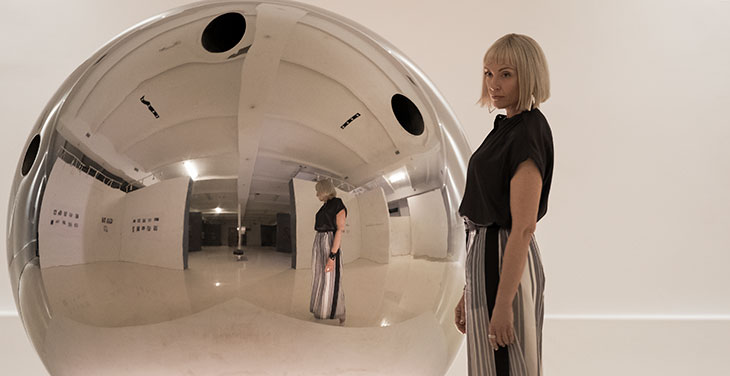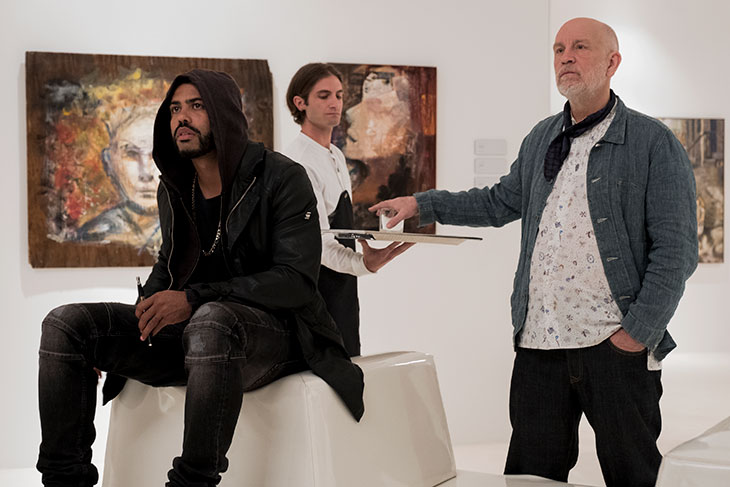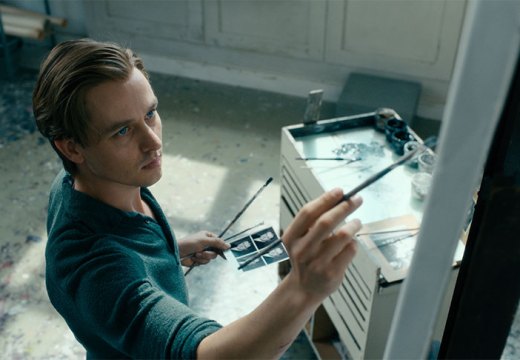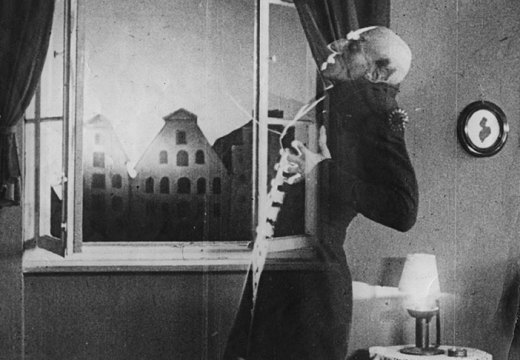Los Angeles art gallery worker Josephina (Zawe Ashton) is on the verge of getting fired when one of her neighbours dies, leaving behind an apartment stuffed with grisly but mesmerising paintings. She senses an opportunity to build an independent career, and enlists the opinion of a friend, influential critic Morf Vanderwalt (Jake Gyllenhaal), who declares himself ‘ensorcelled’ with the mysterious cache. But Rhodora Haze (Rene Russo), Josephina’s steely boss, learns of her employee’s side project and bullies her way into it, promising that they could all make a lot of money.
The paintings, however, have other ideas. They did not want to be found, and they certainly do not want to be argued over, marinaded with praise, and sold for millions. Ventril Dease, the unknown outsider artist who created them, had been trying to destroy his oeuvre when he died, and Josephina, Vanderwalt and Haze spend the rest of Velvet Buzzsaw learning to their cost why that was.
Netflix’s new horror movie, directed by Dan Gilroy, is a morality tale about the commodification of art. ‘We don’t sell durable goods, we peddle perception – thin as a bubble,’ Haze says. Dease’s reputation is built up by Vanderwalt and his work is marketed by Haze, and pretty quickly everyone who has made money from Dease meets a grisly end.

Toni Collette in Velvet Buzzsaw. Courtesy Netflix
Velvet Buzzsaw sets up its tale with care. Gyllenhaal scatters a few well-judged lardons of ham into his performance as Vanderwalt, art world deity, whose most devastating insult, delivered in a moment of high drama, is ‘The admiration I had for your work … has completely evaporated!’ Ashton and Russo do well as similar personalities at opposite ends of a career, doomed to rivalry. Once the paintings are found, the mystery they create conjures a convincingly eerie atmosphere well before the supernatural comes into play.
Sadly, however, these promising materials are not turned into much. Dease’s sinister backstory never gets beyond well-worn horror tropes of insane asylums, medical experiments and murder. The questions of why he made his paintings, what they might mean to him and the world, why he kept them and why he tried (too late) to destroy them are hardly even posed, let alone explored. They are a cursed MacGuffin and little more.

Daveed Diggs and John Malkovich in Velvet Buzzsaw. Courtesy Netflix
The film wrestles with internal contradictions. Its core cast are supposedly amoral art-world mercenaries – Haze suggests to the terminally blocked late-career artist Piers (John Malkovich) that maybe teetotalism isn’t working for him. Having more or less stolen Dease’s work, they try to hush up the artist’s history of patricide and decades in an asylum when one imagines it could have been central to the sales pitch. No one mentions Richard Dadd. Similarly the revelation that some of his pigments include human blood prompts pale faces and ominous silence, rather than nods and knowing references to Marc Quinn and Andres Serrano. In the second half of the film, the mystery – and pretty much all of the plot – is shut down while the core cast are systematically bumped off.
Velvet Buzzsaw still has a good deal to recommend it. Entertainingly, the demonic murders each focus on a different art genre – installation, kinetic sculpture, street art, even the kitsch on the walls of a Hopper-ish rural gas station. Horror transplants well to the icy white spaces and sunshine of the LA art scene. And John Malkovich’s subplot – for all its terrible casualness about alcoholism – points to some of the grander themes that might have been addressed. Who is the artist creating for?
Unlimited access from just $16 every 3 months
Subscribe to get unlimited and exclusive access to the top art stories, interviews and exhibition reviews.














![Masterpiece [Re]discovery 2022. Photo: Ben Fisher Photography, courtesy of Masterpiece London](http://www.apollo-magazine.com/wp-content/uploads/2022/07/MPL2022_4263.jpg)
It’s time for the government of London to return to its rightful home